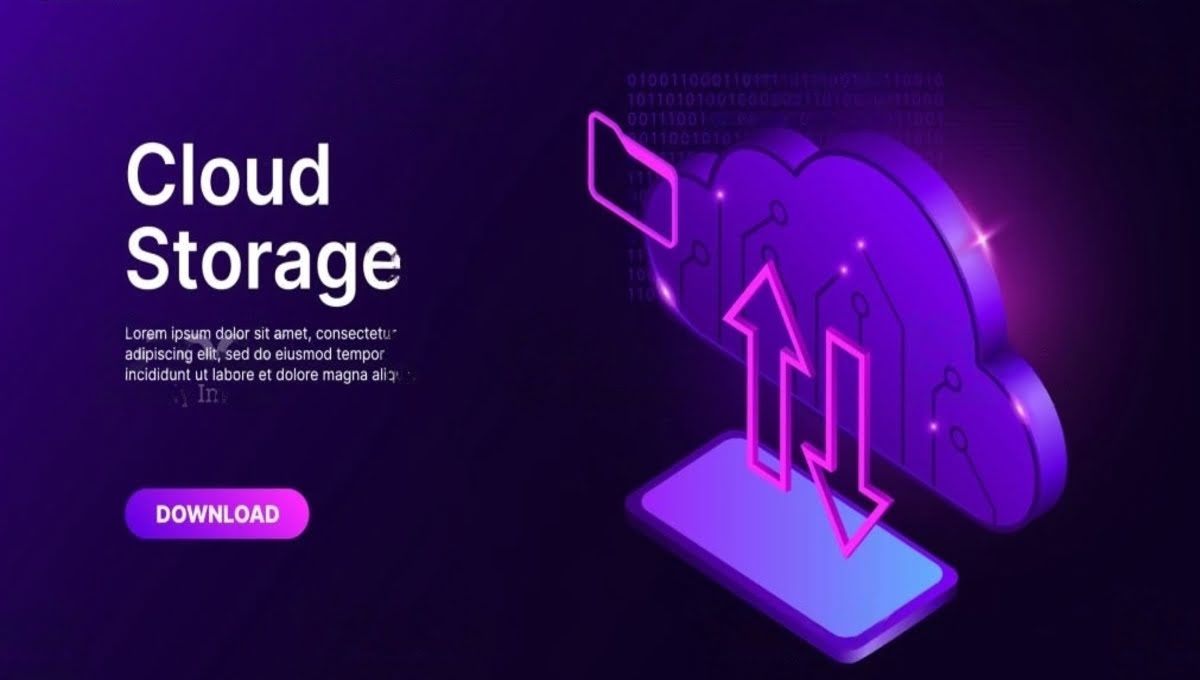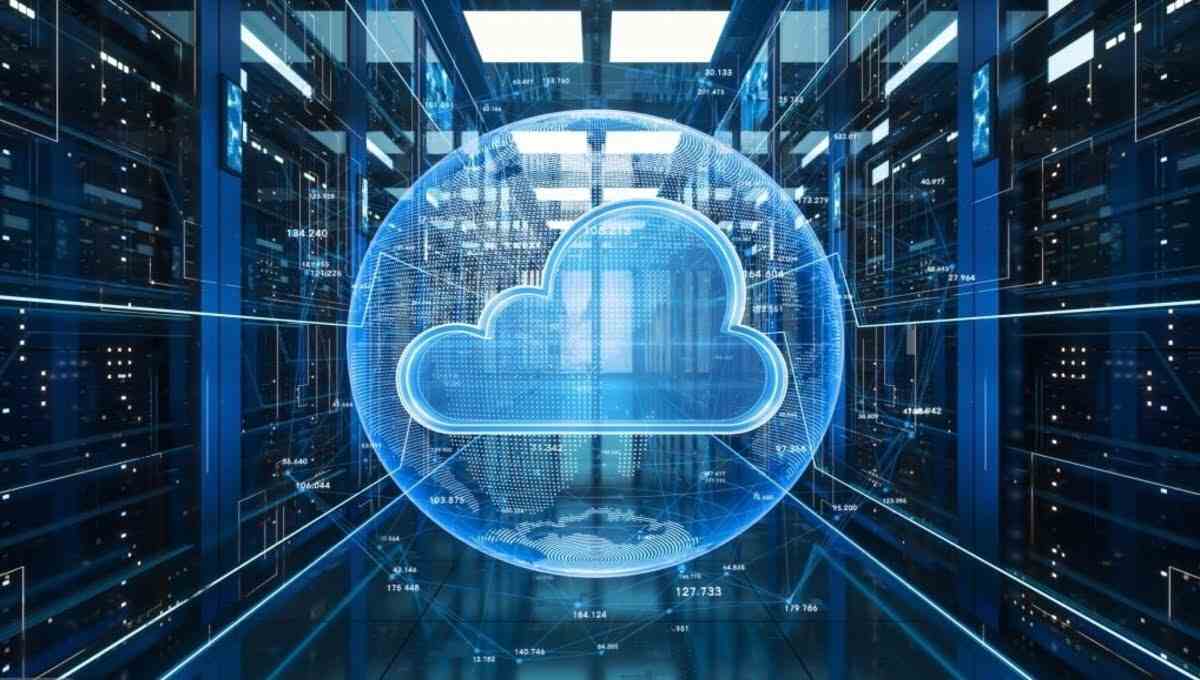CLOUD COMPUTING
How to Make Your Own Cloud Storage : A Step-by-Step Guide

Unlock the Power of Personal Cloud Servers
The need for ample storage space has become paramount. From important documents and cherished photos to music collections and videos, we all generate a vast amount of data. While commercial cloud storage solutions like Dropbox, Google Drive, and iCloud are readily available, there’s growing interest in creating your own cloud storage. This DIY approach allows you to have complete control over your data, its security, and the amount of storage space you require. In this article, we’ll guide you through the process of creating your very own cloud storage system.
What is a personal cloud server?
A personal cloud server is essentially your own private space in the digital realm. It’s a server that you set up and manage, designed specifically for storing your personal files. Unlike conventional cloud servers provided by companies like Amazon or Microsoft, a personal cloud server gives you complete ownership and control over your data.
With a personal cloud server, you can upload and download files over the internet, accessing them via network-attached storage or shared network drives. This direct connection to your data sets it apart from traditional cloud services, where your data resides on servers managed by others.
The Benefits of a Personal Cloud Server
- Control: The foremost advantage of a personal cloud server is the control it offers. You have the freedom to configure your cloud storage according to your preferences and manage your data as you see fit.
- Security: Personal cloud servers provide a level of security that is hard to match. You never have to expose your data to third parties, reducing the risk of data breaches or unauthorized access.
- Cost: In some cases, operating a personal cloud server can be more cost-effective, especially if you have large volumes of data to store. You won’t be paying monthly subscription fees as you would with traditional cloud storage.
- Performance: Personal cloud servers offer superior performance, allowing faster data uploads and downloads, particularly when connected over a local network. This speed advantage can be significant compared to public cloud services that rely on internet connections.
In summary, personal cloud servers provide a level of control and functionality that traditional cloud storage services can’t match.
Considerations and Downsides
Of course, no solution is without its drawbacks.
- Complexity: Setting up and managing a personal cloud server requires more effort than using a ready-made cloud storage service. You’ll need to be willing to invest time and energy into the process.
- Cost: Depending on your setup and usage, personal cloud servers can sometimes be more expensive, considering factors like electricity costs and server hardware acquisition.
- Reliability: Personal cloud servers are only as reliable as you make them. Without backup servers or redundancy, there’s a risk of data loss or unavailability if your server encounters issues. Public cloud services typically provide high uptime guarantees and professional management.
Steps for Building Your Personal Cloud Server
Now that you understand the benefits and downsides, let’s explore how to set up your personal cloud server:
Step 1: Choose a Storage Platform: Start by selecting a suitable software platform to manage your personal cloud storage. Options include open-source solutions like Own Cloud and Next Cloud or setting up a network file share using built-in protocols.
Step 2: Choose Your Hardware: Pick the right hardware device that supports your chosen storage platform. Consider your data storage needs and ensure compatibility with your chosen platform.
Step 3: Install an Operating System: Choose and install an operating system that’s compatible with your storage platform. Some platforms support both Windows and Linux, so make sure to check compatibility.
Step 4: Install the cloud storage platform. Follow the platform-specific instructions to install your chosen cloud storage platform.
Step 5: Configure Your Network: Set up network settings, ensuring the correct ports are open and that devices can connect to your personal cloud server. Adjust firewall and router rules as needed for remote access.
Step 6: Configure Storage Options: Optionally, configure access controls and storage quotas to manage who can access and modify data on your personal cloud.
Step 7: Connect and Enjoy: Finally, connect your devices to your personal cloud and start uploading and downloading data. Regularly update your server’s software, and consider implementing backups for data security.
Hardware Requirements for a Personal Cloud Server
Hardware needs vary, but for most personal cloud servers, the following will suffice:
- At least 4GB of RAM.
- A network card with a 1 gigabit connection or more
- Sufficient USB ports for USB-attached storage
- capable power supply (usually at least 5 watts).
Conclusion
Creating your own cloud storage is a rewarding endeavor that offers control, privacy, and cost-efficiency. By following this step-by-step guide, you’ve taken the first steps toward building your private cloud.
Personal cloud servers empower you to take control of your digital life, offering unparalleled security, customization, and performance. While they require more effort to set up and maintain, the benefits they provide make them a compelling option for those seeking ultimate control over their data.
Personal Cloud Server FAQs
How much does it cost to create your own cloud?
A good premise-based server can cost $10,000 to $15,000, whereas a cloud-based server can cost $70,000 to $100,000 or more. The same is true for switches, firewalls, and the rest of the gear used in a cloud environment.
What are the different types of personal cloud servers?
Personal cloud servers can be local (accessible only over a local network) or internet-connected (accessible remotely). Local servers are more secure and offer better performance, while internet-connected servers provide remote access.
Which files can you store on a personal cloud server?
You can store virtually any type of data on a personal cloud server, from small documents to large videos.
How do you access files from a personal cloud server?
Access depends on your chosen storage platform. Most require a compatible client application, but some platforms expose files directly over the network, allowing access from file browsers.

 FUNDAMENTAL2 weeks ago
FUNDAMENTAL2 weeks agoHow Cloud Computing Improving Customer Service Processes

 FUNDAMENTAL6 months ago
FUNDAMENTAL6 months agoWhat is cloud computing? A Comprehensive Guide

 FUNDAMENTAL3 months ago
FUNDAMENTAL3 months agoHow can Cloud Technology Help Small Businesses ?

 CLOUD COMPUTING3 weeks ago
CLOUD COMPUTING3 weeks agoWhat Is VlAN and VSAN In Cloud Computing?

 FUNDAMENTAL6 months ago
FUNDAMENTAL6 months agoEvolution of Cloud Computing : A Well-Explained

 FUNDAMENTAL3 weeks ago
FUNDAMENTAL3 weeks agoIaaS PaaS and SaaS in cloud computing

 FUNDAMENTAL3 weeks ago
FUNDAMENTAL3 weeks agoWhich is a fundamental attribute of cloud computing?

 CLOUD COMPUTING3 weeks ago
CLOUD COMPUTING3 weeks agocloud bursting in cloud computing
















